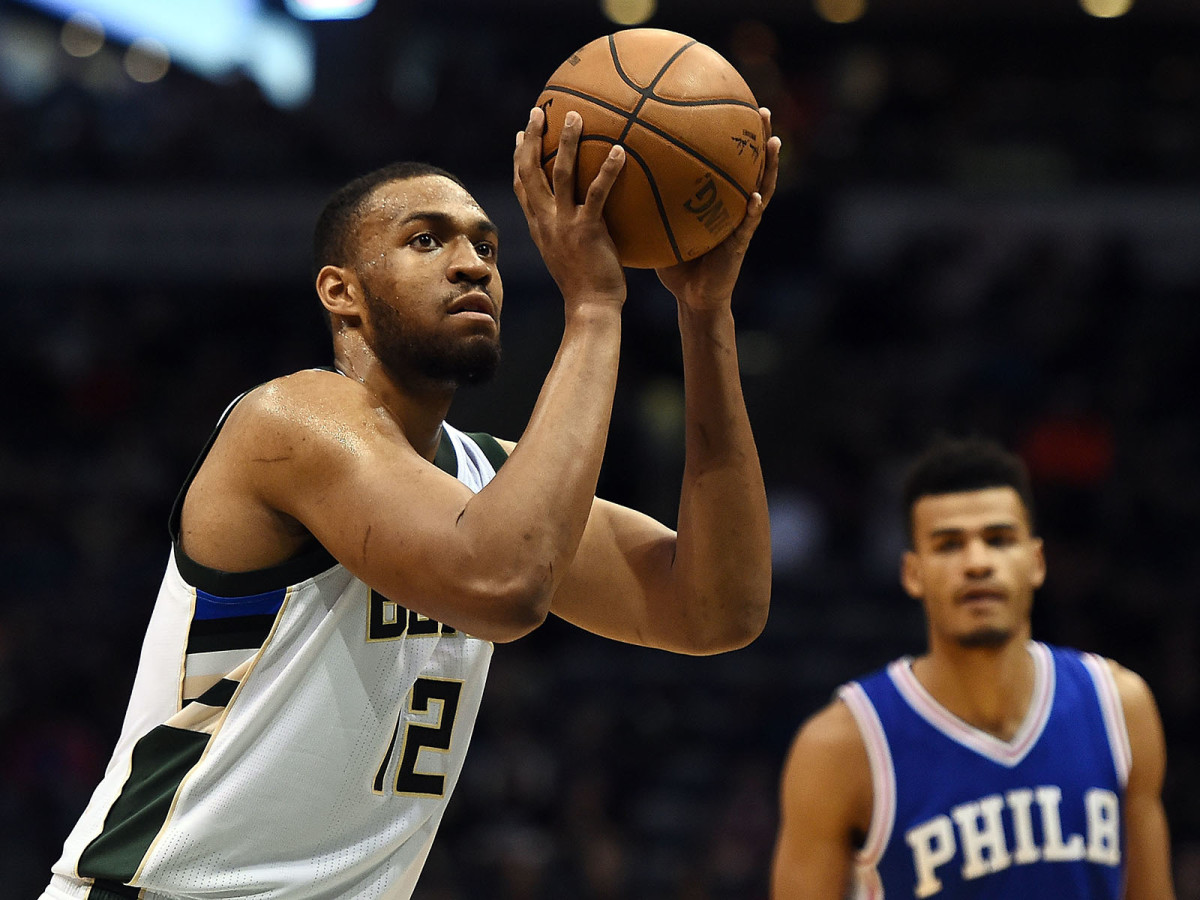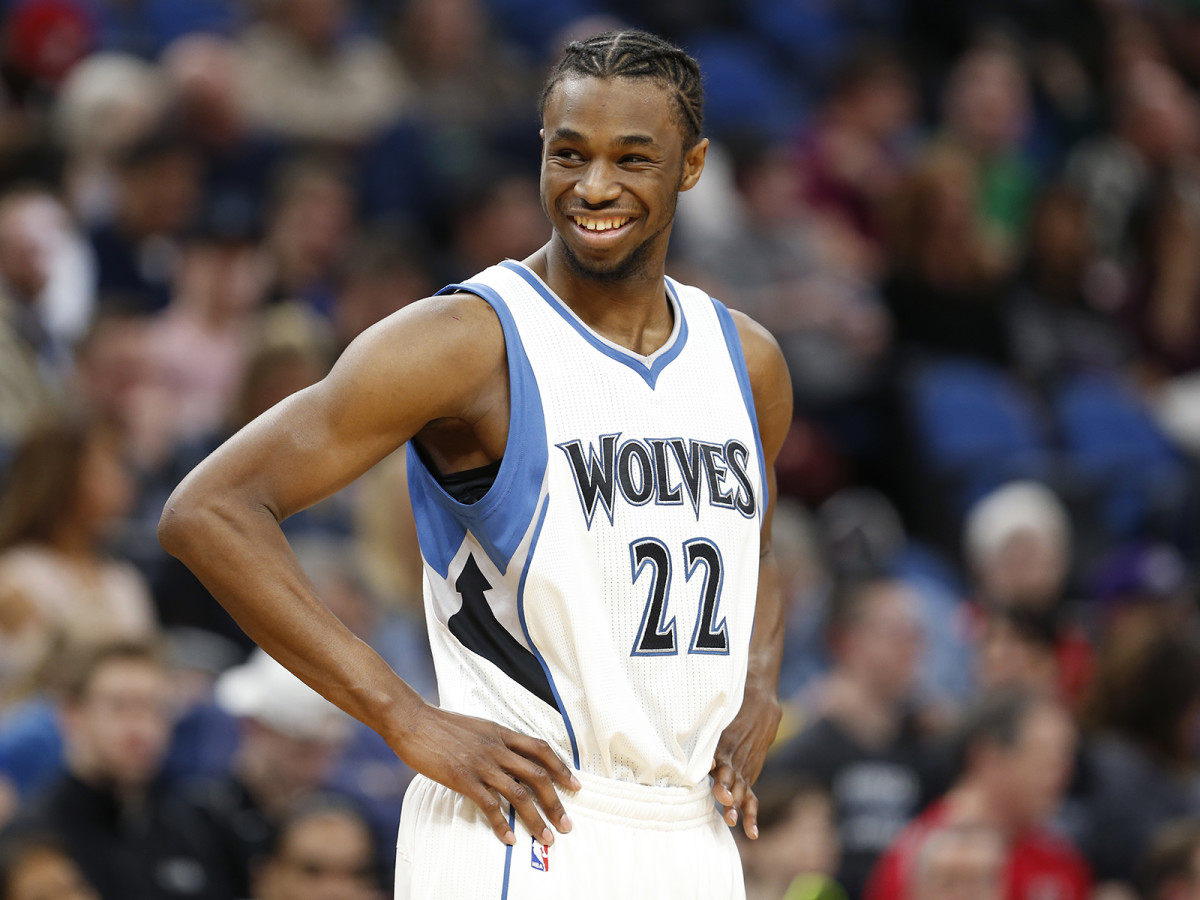Which NBA Players Could Cash in Next Summer?

Rewind nearly 14 months to the beginning of July 2016, and NBA teams had what seemed like an unlimited supply of cap space. Organizations across the league didn’t hesitate to spend their newfound cash. Evan Fournier snagged $85 million from the Magic, while the Pistons dedicated $42 million to Jon Leuer and his 10 points per game. At the conclusion of free agency’s first week in 2016, over $1 billion was spent throughout the league.
How the NBA Was Saved on the Back of a Napkin
The league’s free agency landscape is far different today. The massive cap spike leading to 2016’s bidding bonanza has leveled off considerably, with only marginal cap increases projected over the next two offseasons. With many teams now capped out, players may find the market cold in 2018.
The free agency freeze may hit the league’s young talent hardest, especially those looking to bank max contracts in the offseason. So which young players need a strong 2017–18 in order to cash in next summer? Here are four players entering a boom-or-bust season.

Jabari Parker, Bucks
The former No. 2 overall pick seemed well on his way to an extension with Milwaukee last season before an ACL tear sidelined him in mid-February. Now Parker is projected to miss the first half of next year, with a possible return slated for around the All-Star break.
The good news for Parker? If he stays healthy, he should be set for a big deal next summer. The 22-year-old is already a high-caliber scorer, averaging over 20 points per game last year prior to his injury. He often looks like a young Carmelo Anthony on the floor, sporting a killer midrange, adept post game, and an improving three point shot. Give him a smaller defender, and he’ll punish you on the low block, hitting fall-away jumpers and short turnarounds. Put a lumbering big man on him, and expect to get beat to the tin.
Ideally for the Bucks, Parker would bounce back from his injury and form a lethal one-two punch with budding MVP candidate Giannis Antetokounmpo. However, a healthy return isn’t a sure thing. Last year’s ACL tear was the second of Parker’s career, with the same injury occurring midway through his rookie season in 2014. The Bucks will bring Parker along slowly in his rehab, and a return to the court could come later than expected.
If Parker can shake the injury concerns and return to his 2016 form, a max offer should come his way before July 1. But right now that’s far from a guarantee. He’ll have to prove he can stay healthy to earn a sizable contract offer next summer.
Kentavious Caldwell-Pope, Lakers
KCP’s tenure in Detroit ended last summer when the Pistons renounced the restricted free agent’s rights, sending him to the open market. He was rumored as a possible candidate for a long-term contract with Brooklyn, but ended up inking a one-year deal with Los Angeles, choosing to play with No. 2 overall pick Lonzo Ball.
By eschewing a long-term deal, Caldwell-Pope is betting on himself. He could lead an exciting young Lakers team in scoring, and could potentially set himself up for a max deal next summer. The Georgia product is just 24-years-old, and averaged more than 12 points per game over the past three seasons. He’s a capable defender, too. Caldwell-Pope can comfortably guard both point guards and opposing wings.
The biggest question mark for KCP is still his jumper. He’s never shot over 35% from three, and he ranked 11th on the team in shooting percentage last year. Caldwell-Pope has never been noticeably impressive off the bounce, relying on his shooting stroke to generate buckets. In order to make a sizable offensive impact moving forward, he’ll need to rely on more consistency from his jumper.
Caldwell-Pope is a dogged defender with some scoring potential, and at 24 years old he’ll be an intriguing candidate to earn big dollars next summer. But will teams really shell out $100 million for a player who didn’t crack the top 75 in points last year? Probably not. Caldwell-Pope needs to see a significant uptick in scoring to make his gamble pay off in 2018.

Andrew Wiggins, Timberwolves
Of the four players on this list, Wiggins’s economic status is the most secure. Minnesota offered him a five-year, $148 million extension in early August, and if Wiggins were to hit the open market, the former Jayhawk would become one of the most intriguing players available. He’s averaged over 20 points per game in each of the past two seasons, and led the league in minutes played last year. Oh, and he’s only 22.
The smart money would be on Wiggins ultimately accepting the Wolves' offer, and remaining in Minnesota long-term. A three-headed monster of Wiggins, Karl-Anthony Towns and Jimmy Butler could be deadly, and make Minnesota one of the few teams in the mix to dethrone Golden State in the near future. The Wolves now have more talent on their roster than ever before, and Minnesota is primed to host its first playoff game since 2004.
The Importance of NBA Owners in the Superteam Era
While Minnesota’s core remaining intact for the next half decade is an exciting prospect, there’s no assurance it’ll happen. Towns is a near-lock to earn an extension—especially with a team option upcoming in 2019—but Wiggins’s contract is up after this season. Butler will be eligible to leave a year later.
As for Wiggins, his relationship with the Wolves' front office is currently iffy, at best. Owner Glen Taylor discussed the extension talks earlier this month, telling the Associated Press, “(Wiggins) can’t be paid just for what he’s doing today. He’s got to be better.” Not exactly a ringing endorsement for a player seeking a max extension.
Wiggins could ink the $148 million deal at any point over before the season. After that, he becomes a restricted free agent for the 2018 summer. He could still sign the deal with the Wolves in the offseason, but he'll also have a chance to field offers from other teams (which Minnesota could also match).
Could Isaiah Thomas's Hip Injury Derail the Cavs-Celtics Trade?
Avery Bradley, Pistons
Tasked with replacing KCP in Detroit, Bradley will pair with point guards Reggie Jackson and Ish Smith in the backcourt in 2017–18. He’ll fit right in with the Pistons’ defensive mentality—Detroit ranked No. 7 in the league in opponents points per game last year—but the biggest adjustment will come on the offensive end. No Pistons player topped 17 points per game last year, and a go-to-scorer was nowhere to be found.
All signs point to Bradley being ready to take the lead as Detroit’s primary option. He averaged an efficient 16.3 points per game last year, shooting 39% from three and 46% from the field. Bradley also poured in 20 or more points in seven playoff games last year, and while Isaiah Thomas was the engine behind Boston’s offense, Bradley was a pivotal cog in Boston’s attack.
He’ll see an expanded role in Detroit, and may be forced out of his comfort zone and asked to take on some duties as a primary ball handler. Neither Jackson nor Smith are natural distributors, and the onus may be placed on Bradley to initiate offense for others, not just himself. Bradley’s defensive credentials are unquestioned. If he can increase his offensive production without monopolizing the ball, he’ll see a hefty contract thrown his way next summer.
